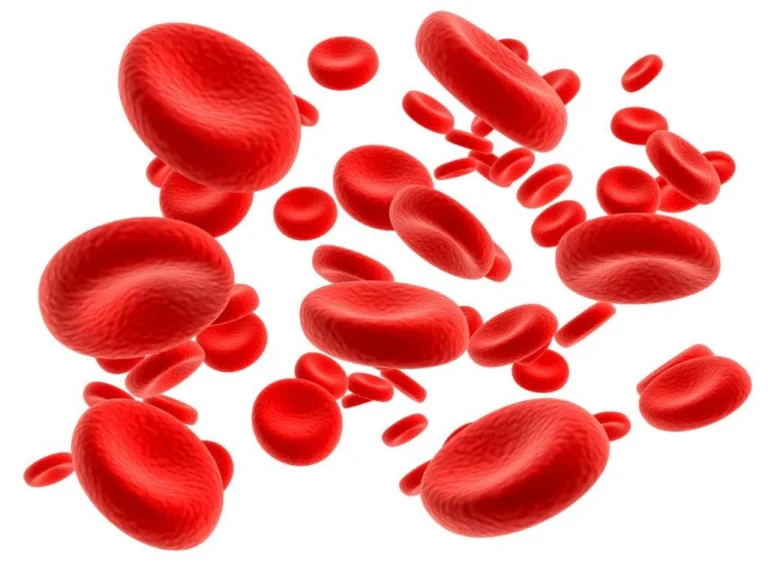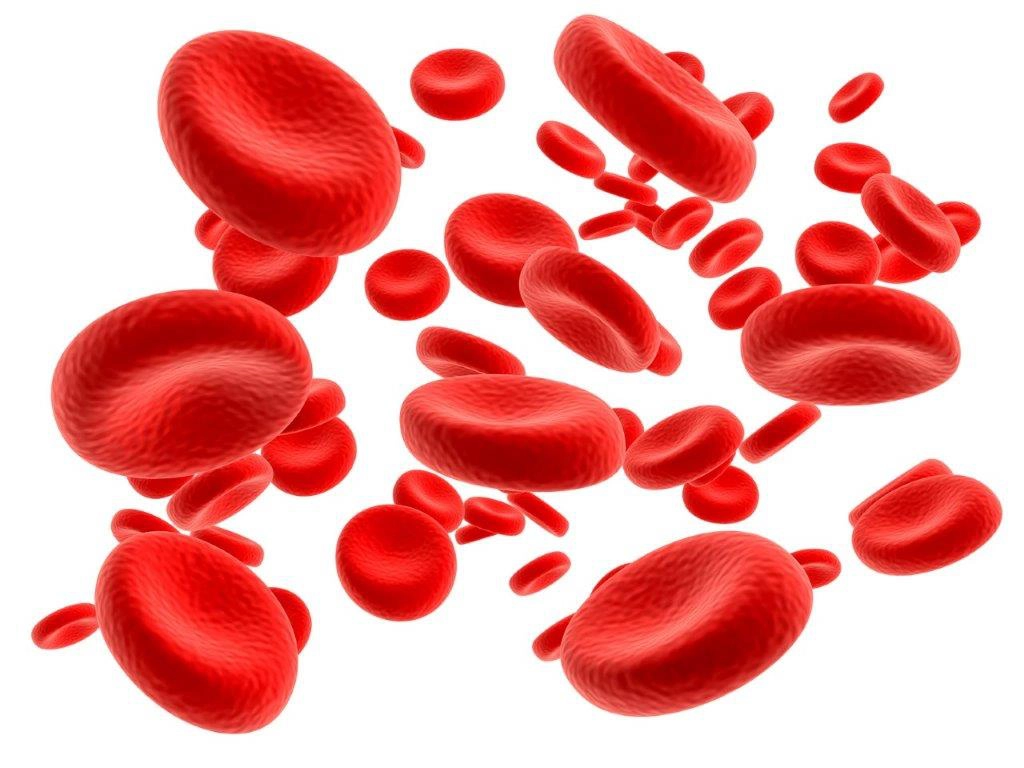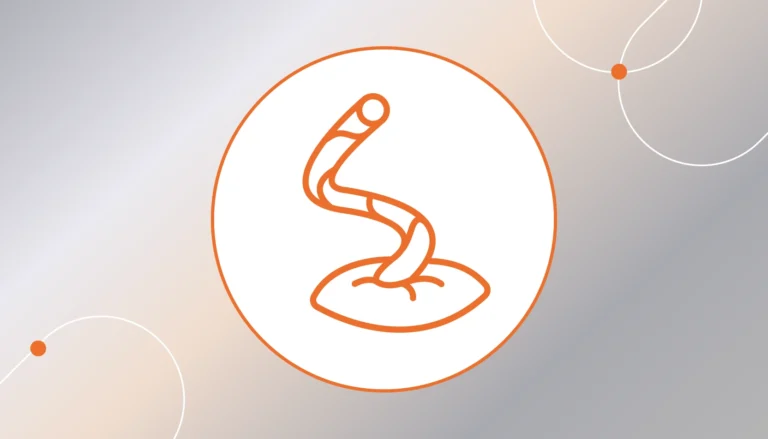Transplantation of neural stem/precursor cells has recently been proposed as a promising, albeit still controversial, approach to brain repair. Human umbilical cord blood could be a source of such therapeutic cells, proven beneficial in several preclinical models of stroke. Intracerebroventricular infusion of neutrally committed cord blood-derived cells allows their broad distribution in the CNS, whereas additional labeling with iron oxide nanoparticles (SPIO) enables to follow the fate of engrafted cells by MRI. A 16-month-old child at 7 months after the onset of cardiac arrest-induced global hypoxic/ischemic brain injury, resulting in a permanent vegetative state, was subjected to intracerebroventricular transplantation of the autologous neutrally committed cord blood cells. These cells obtained by 10-day culture in vitro in neurogenic conditions were tagged with SPIO nanoparticles and grafted monthly by three serial injections (12 × 106 cells/0.5 ml) into lateral ventricle of the brain. Neural conversion of cord blood cells and superparamagnetic labeling efficiency was confirmed by gene expression, immunocytochemistry, and phantom study. MRI examination revealed the discrete hypointense areas appearing immediately after transplantation in the vicinity of lateral ventricles wall with subsequent lowering of the signal during entire period of observation. The child was followed up for 6 months after the last transplantation and his neurological status slightly but significantly improved. No clinically significant adverse events were noted. This report indicates that intracerebroventricular transplantation of autologous, neutrally committed cord blood cells is a feasible, well tolerated, and safe procedure, at least during 6 months of our observation period. Moreover, a cell-related MRI signal persisted at a wall of lateral ventricle for more than 4 months and could be monitored in transplanted brain hemisphere.
Publication: Article
Rate this article:










